“AI Mode”: Google’s new search engine that (once again) changes the rules of the game
Until now, we searched.Now, Google thinks for us. The so-called Modo IA or AI Mode has just landed in Spanish. Yes, it’s official: Google has...
Plan, activate and control media to hit targets with precision.
Turn data into smart decisions with advanced analytics and modeling.
Efficiency, governance and scale for agencies and teams.
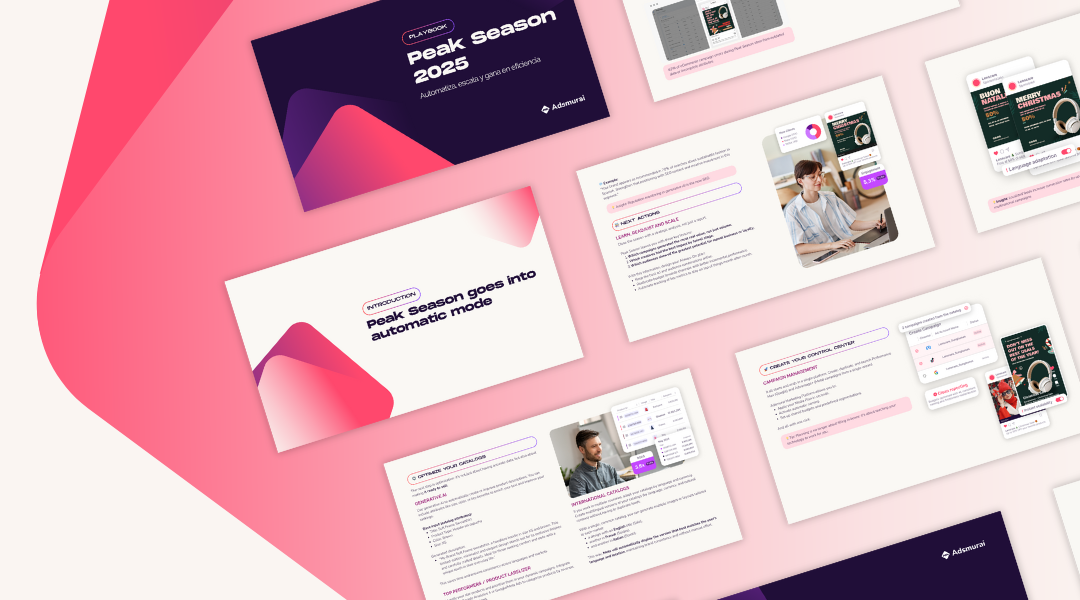
[Ebook] How to plan for an unstoppable peak season
Master high seasons with strategy, data, and automation. Discover how to optimize your campaigns during peak demand periods with strategies based on market analysis and consumer behavior.
Discover more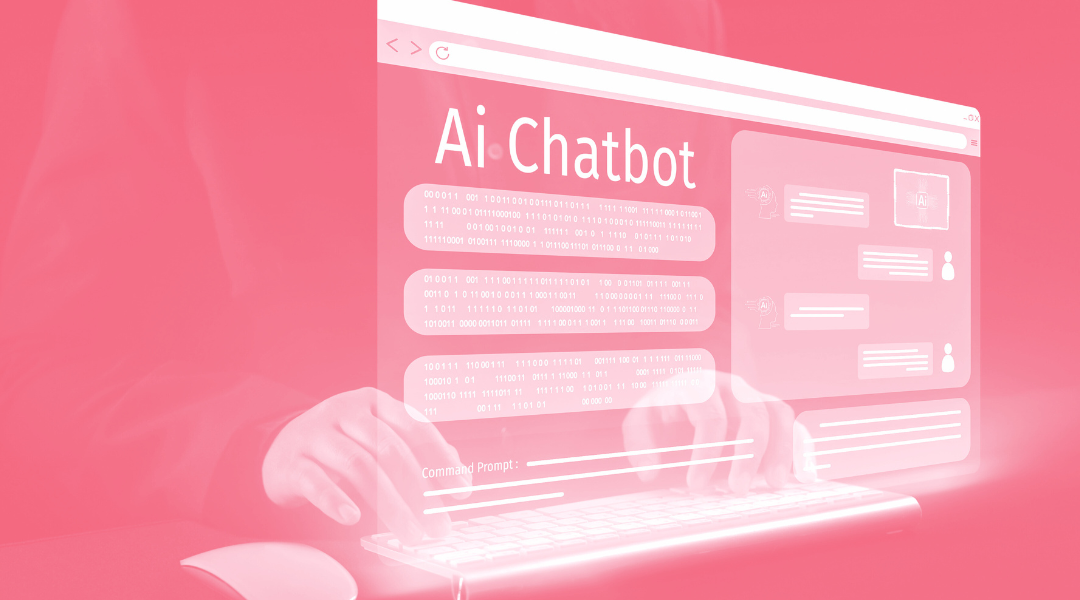
Imagine reaching your ideal audience before they actively search for your product. Not when they're already decided, but when they're still exploring, getting inspired, or simply browsing their favorite content on YouTube or Discover. That's the magic of Google Demand Gen campaigns: a marketing strategy that plays offense, not defense.
This natural evolution of Discovery campaigns not only enhances visual performance but combines the best of Google's AI with the most powerful channels for demand generation and brand consideration. At Adsmurai, we've successfully integrated them for brands looking to scale awareness without sacrificing performance.
Let's break down what they are, why they benefit you, and how you can make the most of them.
TABLE OF CONTENTS
AI enables the analysis of large volumes of behavioural data, preferences and user context, facilitating the creation of personalised campaigns. Each user receives messages, ads and content tailored to their interests, browsing history and stage in the customer journey, significantly increasing conversion rates and brand loyalty.
Platforms such as Amazon and Facebook already use AI to recommend products and tailor ads in real time based on individual activity and tastes.
What is real personalisation today?
Personalisation will be the norm: consumers expect unique and relevant experiences in every digital interaction. It's not enough to put the user's name in the email subject line. We are talking about creating personalised journeys, from first impression through the entire funnel to conversion.
How is it achieved?
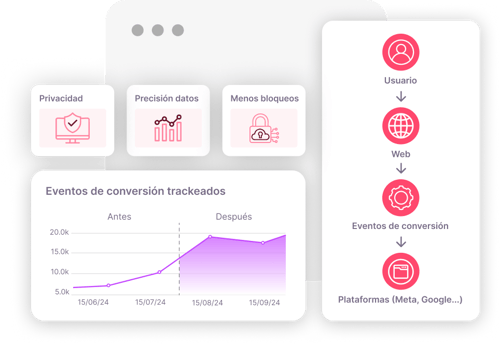
Have you heard of Google Tag Gateway? It’s a data collection method fully focused on information ownership. Instead of depending on third parties (like cookies, which Google Chrome is already phasing out), this mode allows you to capture and use the data you generate directly from your website or app.
Imagine a retail client selling sneakers and sports accessories. The e-commerce site detected that users who viewed sneakers more than three times without purchasing had higher intent than those who viewed them only once. The solution? Personalized ads by style (casual, running, urban), increasing conversions without raising spend.
AI hasn’t come to take your job… it’s here to help. And give you creative and optimization superpowers. AI is transforming campaign planning and management through the automation of key processes:
AI for creativity
AI for optimization
And we're not just talking about Meta Advantage+ or Performance Max. We're talking about using AI with strategic thinking, a proper brief, and context—not as a magic button.
AI no longer just reacts to data—it anticipates it. And that completely changes how marketing campaigns are designed, launched, and optimized.
Behavior prediction
Thanks to machine learning algorithms, it’s now possible to:
Applied example: A fashion brand predicts increased demand for mid-season apparel one week before the weather changes, activating targeted promotions only in affected regions. All handled automatically by a predictive model tied to inventory and media planning.
AI is evolving towards autonomous agents: systems capable of making decisions, executing actions, and learning on their own within a strategic framework.
What do these agents do?
AI not only predicts, it creates experiences. When combined with technologies like augmented reality (AR) or virtual reality (VR), it enables formats where users don't just watch ads… they interact with them.
What does this integration enable?
Future vision (not that far off): In retail campaigns, storefronts become interactive portals where users can explore, test, and buy in a virtual space guided by AI.
Connected TV advertising is no longer a generic 30-second spot. It’s about:
For example, a viewer who often watches cooking shows receives ads for smart kitchen appliances, while another who watches fitness content sees sportswear promos—all in the same ad break.
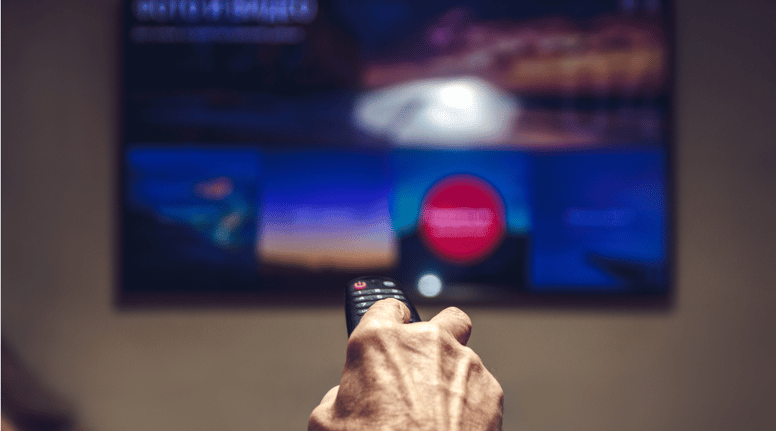
Thanks to natural language processing, virtual assistants no longer just answer questions… they sell.
Pro tip for brands: a well-built chatbot is no longer a nice-to-have—it's a key performance channel. And one of the most effective if properly connected to your CRM and remarketing strategy.
|
Key Element |
Role of AI and Personalization |
|
Extreme personalization |
Unique messages and experiences for each user in real time |
|
Automation |
Optimization of budgets, creatives, and strategies without manual intervention |
|
Predictive marketing |
Anticipating needs and behaviors for proactive campaigns |
|
Immersive experiences |
Use of AR/VR adapted to individual preferences |
|
Omnichannel approach |
Consistent and personalized interactions across all touchpoints |
|
Autonomous agents |
Fully automated campaign and customer relationship management |
In conclusion, the future of campaign planning will be defined by AI’s ability to deliver extreme personalization, intelligent automation, and immersive experiences, making every interaction relevant, efficient, and memorable. Brands that don’t jump on the data-driven, automated, and personalized marketing train now will fall behind. The rules have changed, and so have the tools.
So, are you planning for the future or just reacting to the present?
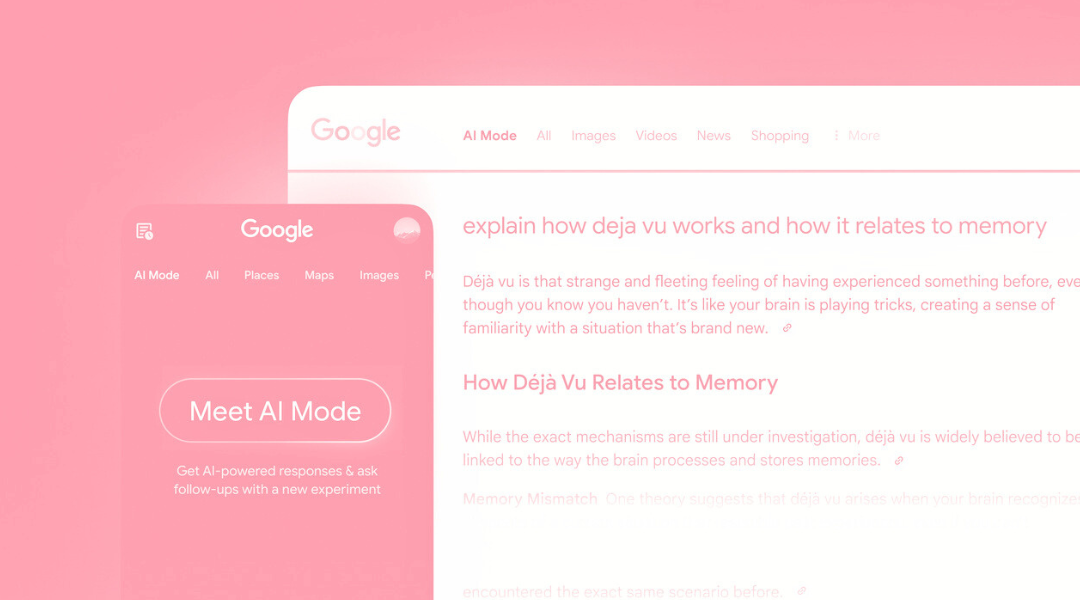
Until now, we searched.Now, Google thinks for us. The so-called Modo IA or AI Mode has just landed in Spanish. Yes, it’s official: Google has...

1 min read
A new paradigm is emerging: Generative Engine Optimization (GEO). This innovative approach leverages the power of generative AI to revolutionize how...
.png)
For years, eCommerce has been in a constant process of optimization: faster stores, more segmented ads, more precise funnels, and automations that...